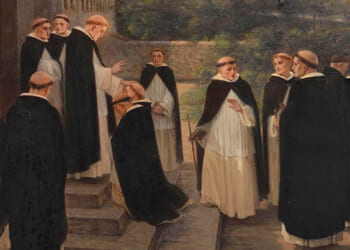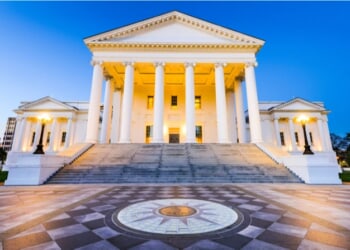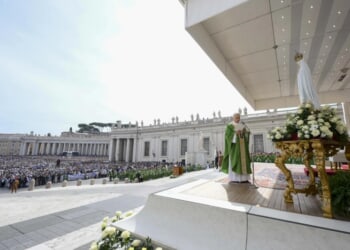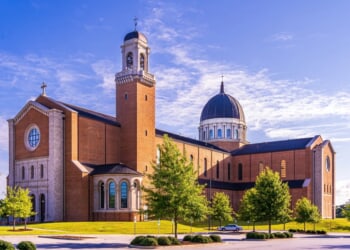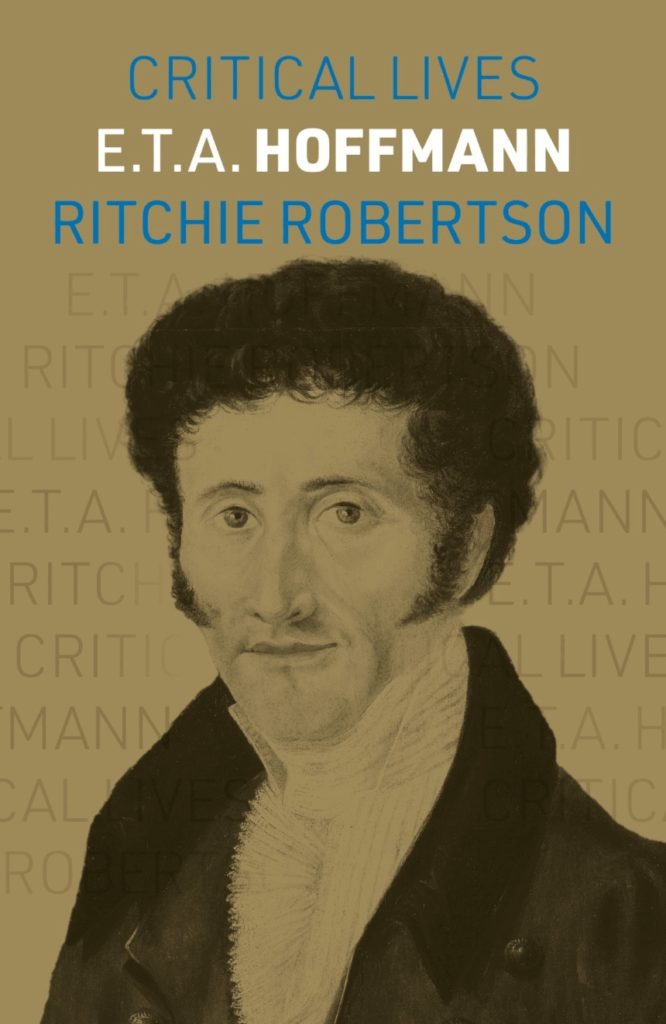
E. T. A. Hoffman, by Ritchie Robertson (Reaktion Books): Poke about in nineteenth-century music, and you’ll find E. T. A. Hoffmann’s name turning up again and again. Take Schumann’s Kreisleriana, named for Hoffmann’s mercurial composer character, Johannes Kreisler. Or take, more obviously, Jacques Offenbach’s opera The Tales of Hoffmann, which traps Hoffmann himself inside his fraught short stories as the main character. The most famous example is right beneath our noses: Tchaikovsky’s The Nutcracker, whose plot comes from a Hoffmann fairy tale. But he is more than just a Romantic reference point. In a new biography, Ritchie Robertson introduces us to the many sides of the German polymath, from his career as a senior judge to his theater direction to his own efforts as a composer. —IS
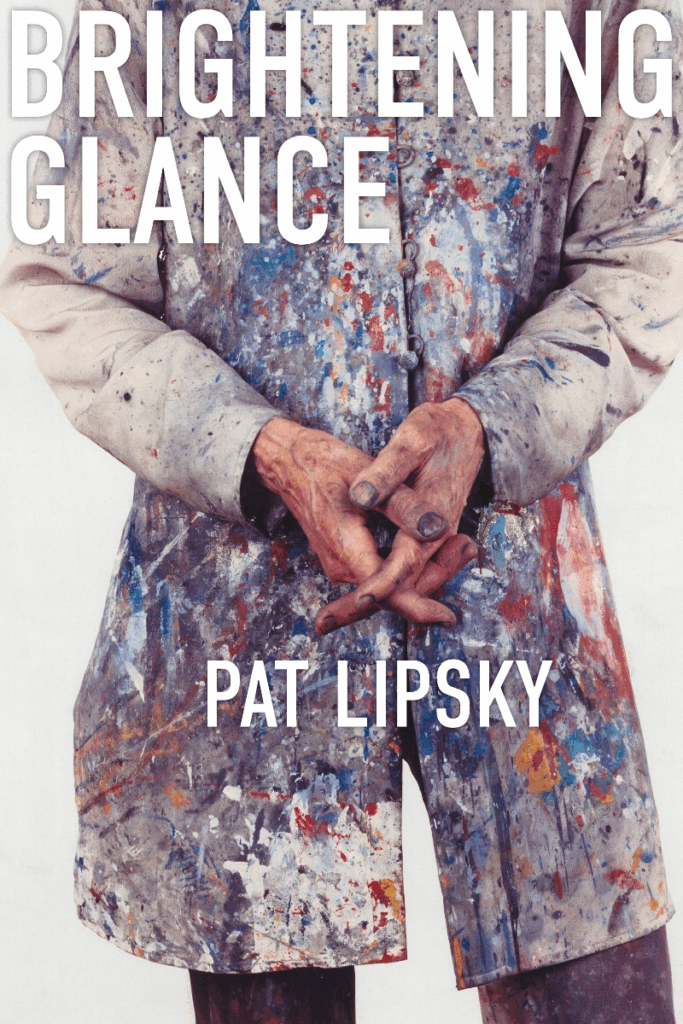
Brightening Glance: Art and Life, by Pat Lipsky (University of Iowa Press): Readers of The New Criterion who have enjoyed Pat Lipsky’s downtown dispatches will light up at Brightening Glance, her memoir of “art and life” out this week from University of Iowa Press. Through its SoHo grit and thrown punches, bad divorces and career reversals, Brightening Glance is set apart by the sensitivity of its observations. A praised abstractionist on canvas, Lipsky on paper proves to be a keen portraitist, with illuminating depictions of Tony Smith, Lee Krasner, Clement Greenberg, Andy Warhol, Robert Smithson, and Pierre Rosenberg, among others. Next Tuesday, at 6 p.m., Lipsky will join the writer Lili Anolik for a book talk at Rizzoli Bookstore in New York’s Flatiron District. Meanwhile, from October 9 through November 1, James Fuentes will show “Pat Lipsky: Color Next to Color,” the latest exhibition of her work at the SoHo gallery. —JP
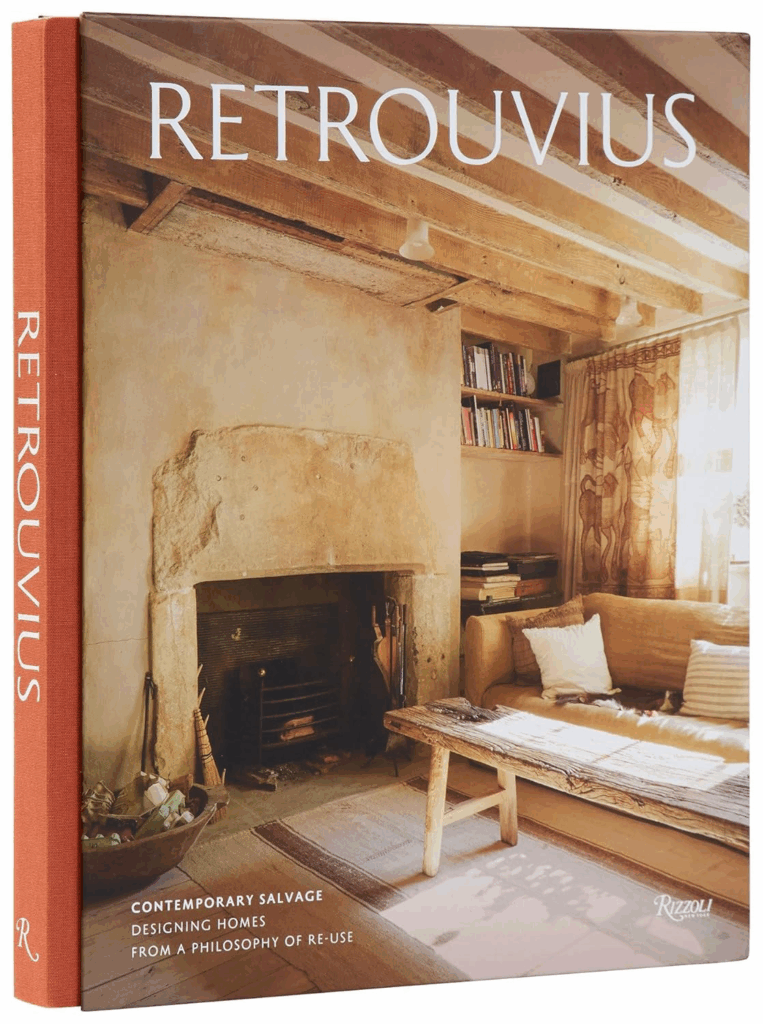
Retrouvius: Contemporary Salvage: Designing Homes from a Philosophy of Re-Use, by Maria Speake (Rizzoli): Maria Speake, who leads Retrouvius, opens her new book by reflecting, “I would love to say that our London-based design studio and salvage company Retrouvius was ahead of the curve, but of course re-use has been common practice for millennia.” By 1993, however, the time-honored “habits” or “preserving, adapting, and reimagining” had been replaced by a “burning desire to be in fashion” that “severed us humans from common sense and quality.” Any observer of later-twentieth-century architecture cannot fail to see the truth in her statement. Whereas in the past buildings that had outlived their useful lives were restored, adapted, or even pillaged to good effect, the cult of the new saw “materials and building components of significant value routinely discarded to make way for new replacements, often of lesser quality.” It was into this grim scene that Speake and her partner Adam Hills stepped. Their practice, which continues to this day, is one of architectural salvage and contemporary design, bringing old into conversation with new. A recently published monograph by Rizzoli details projects by Retrouvius that include the use of windows from Battersea Power Station in a London home, Swedish pine shutters refitted to make a bed, and fluted terrazzo columns salvaged from a Liverpool department store to create a wall in a penthouse apartment. Here is stylish design that is sustainable in the best way. —BR

“Mrs. Dalloway: The First-Edition Text,” presented by Edward Mendelson in conversation with Sarah Cole, at Community Bookstore, Brooklyn (September 30): To mark the one hundredth anniversary of Virginia Woolf’s Mrs. Dalloway, Edward Mendelson, under the auspices of New York Review Books, has recently republished the first-edition text of the novel. In his capacity as the literary executor of the estate of W. H. Auden and as Lionel Trilling Professor in the Humanities at Columbia University, Mendelson is a connoisseur of literary modernism. He has also just published The Inner Life of Mrs. Dalloway, a study of the novel that focuses on the themes of medicine, empire, and love, so Tuesday evening’s conversation on Mrs. Dalloway between Mendelson and the Columbia professor Sarah Cole is bound to be insightful. —AG
Dispatch:
“Free lies,” by James Bowman. On the media’s latest manipulations of reality.
By the Editors:
“Nick Drake’s explosive creativity”
Isaac Sligh, The Spectator World
From the Archives:
“Stealing history,” by Donald Kagan (March 1996). On Not Out of Africa: How Afrocentrism Became an Excuse to Teach Myth as History, by Mary Lefkowitz.












